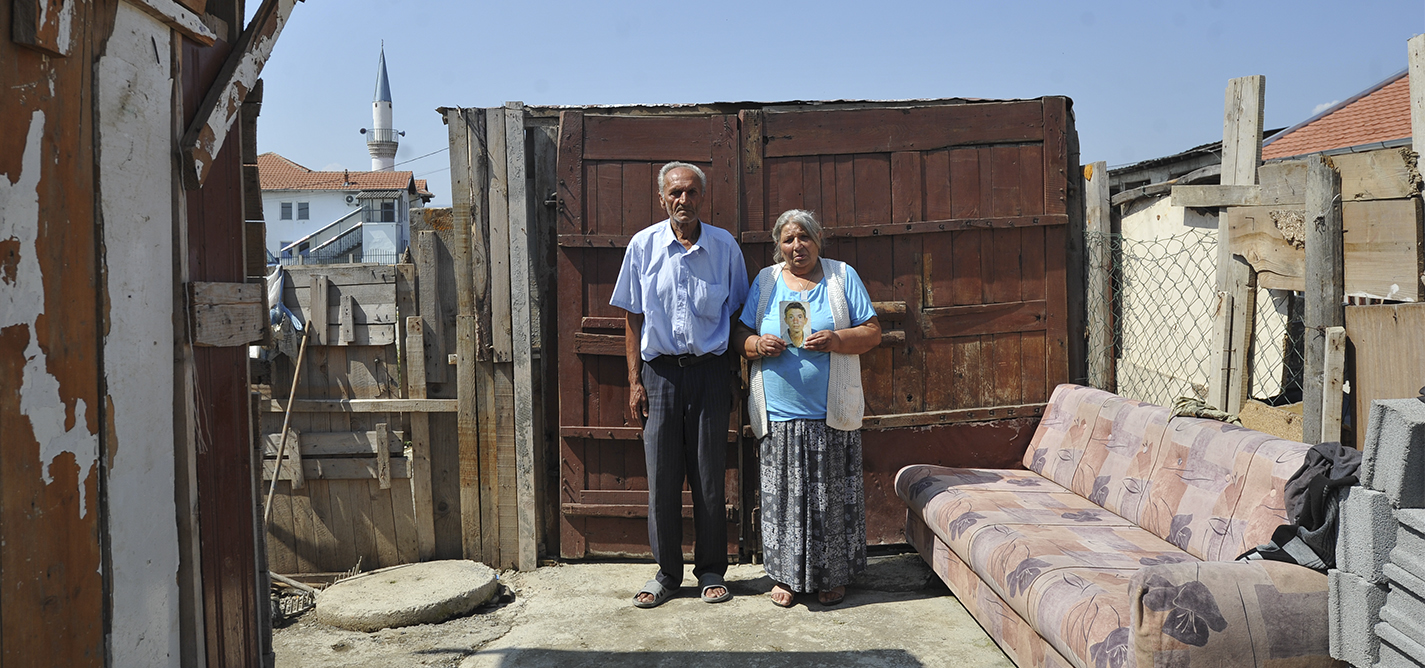
Fading hopes for ethnic minority missing persons
As years pass, families left endlessly waiting for loved ones.
|2018.09.28
|
“We were waiting for our sons, but they never returned. Then we came back, and started searching in every mass grave.”
Agush Berisha“This is the generation of children born in conflict that will bear the burden of ethnic divisions left on their shoulders without any fault of their own.”
Silvana Marinkovic“If the Kosovo side does not have such archives, then it should start a detailed investigation in order to know the fate of missing persons during and after the war in Kosovo.”

Serbeze Haxhiaj
Serbeze Haxhiaj has been working as an investigative journalist and news editor in Kosovar and international media for over 18 years, dealing mainly with issues such as corruption, human rights, security issues, religious extremism, terrorism and war crimes. She is currently an editor at Radio Television of Kosovo and a journalist at the Balkan Investigative Reporting Network (BIRN).
This story was originally written in English.